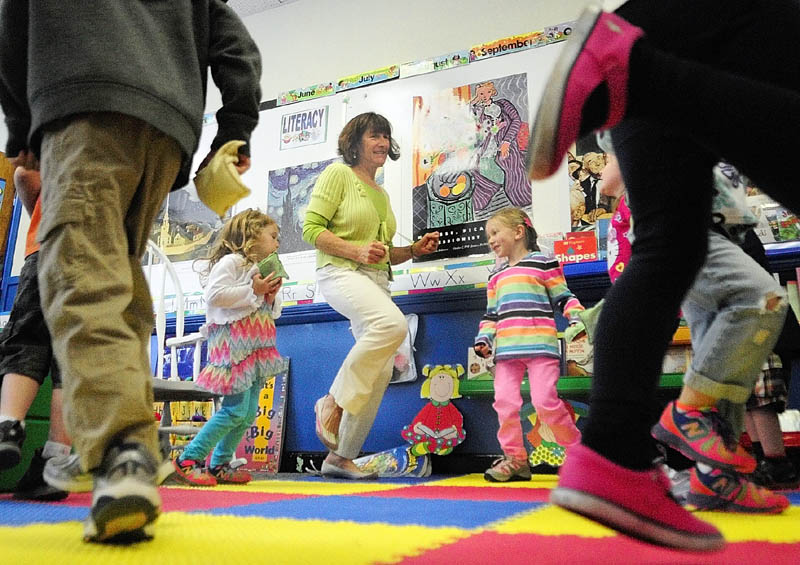More Maine students have access to pre-kindergarten than ever before. That’s a victory for everyone who believes each child should have the same shot at academic success.
But it’s also just a start.
There has been strong bipartisan support for universal public pre-K, here and across the United States. The Maine law that set the state on the path toward universal pre-K passed the Legislature easily. Pre-K is seen as a powerful force in giving poor students a strong early start to their education — business leaders, social workers, law enforcement officials and military officers alike have argued in its favor. So have newspaper editorial boards. And we’re seeing the results.
Forty-three states and Washington, D.C., now have state-funded pre-K programs, and the number of participants nationwide has doubled in the last 15 years. In Maine, the number of public schools offering pre-K went from 24 percent 10 years ago to 75 percent today, according to a new report from Educate Maine, a coalition with the goal of raising educational attainment. Forty-four percent of Maine 4-year-olds are now enrolled in a public pre-K program, which remain voluntary for parents — that’s up from 32 percent five years ago.
By 2019, Educate Maine hopes at least 64 percent of 4-year-olds will be enrolled in pre-K.
Getting them in the classroom, however, is just the first step. While there is a lot of enthusiasm surrounding the ability of pre-K programs to close the achievement gap between economically disadvantaged students and their more well-off peers, evidence suggests that it’s no sure thing.
There is limited long-term research, but what’s available is underwhelming. An analysis of eight state programs — but not Maine’s — by the National Institute for Early Education Research found a significant positive effect on literacy but much less on math and language. Research from the liberal-leaning Brookings Institution found little to no relation between pre-K programs and later test scores.
Research also suggests that any gains from early childhood education can fade away as the child ages.
All of it raises two important points.
First, universal pre-K is not the end-all, be-all. Instead, it is part of a continuum of learning. The achievement gap is caused by powerful forces that don’t subside as a student ages. While pre-K may help economically disadvantage students close the gap in elementary school, it will all be for naught if those students are left without similar supports throughout the rest of their schooling.
Second, universal pre-K is not just one thing. Based on its promise and support, schools across the country have established pre-K programs, but they are varied. Schools serve different students from different backgrounds. Each has a different level of funding and institutional commitment, and each program is designed and administered differently. Some ways might work, others might not, and with all the variables it’s difficult now to make any judgment on which is which.
To make sure a school has picked the right one, it should conduct frequent and robust evaluations of its pre-K program, including on how the students do as they move through grades.
It’s likely that early education is worth the money Maine school districts and the state are paying. Done correctly, it can pay dividends later on for students and communities (and the studies above didn’t measure social and emotional development, two other possible benefits of pre-K).
But as more schools establish programs, and others look to expand them, they need to make sure they aren’t wasting the investment.
Send questions/comments to the editors.



Comments are no longer available on this story